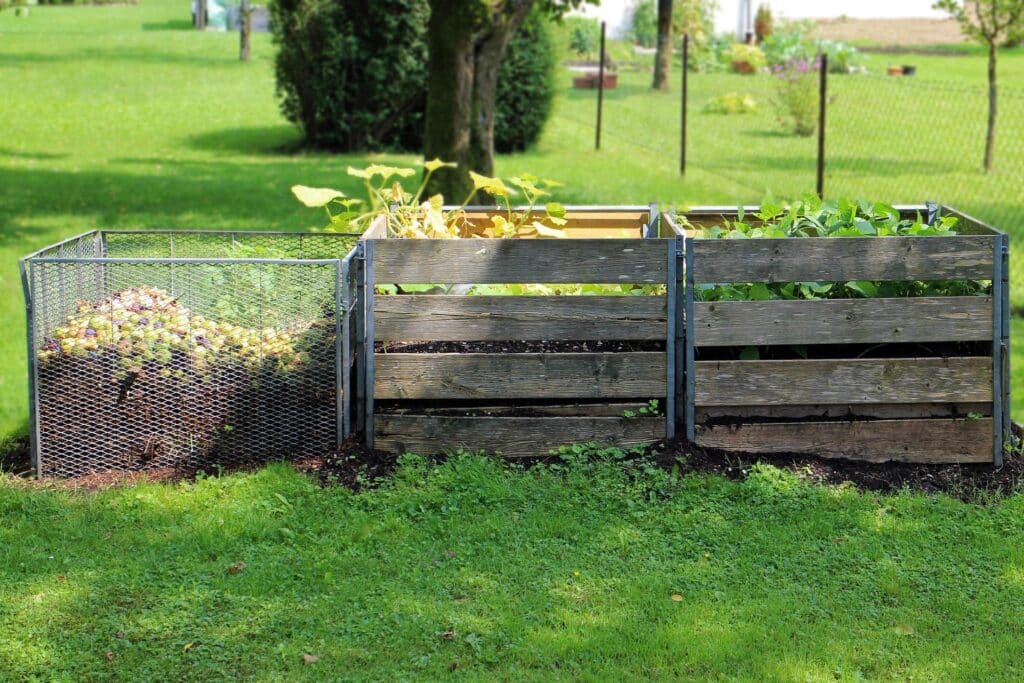Snails taking shelter under your flowerpots is a common garden issue, particularly during periods of damp weather. The combination of moist soil and shaded spaces creates the perfect environment for these pests to hide and thrive.
If left unchecked, snails can cause significant damage to your plants and potentially invite other moisture-loving pests into your garden. Understanding their behavior patterns and implementing preventative measures can help you maintain a healthier, more productive outdoor space.
What Are Snails?
Snails are mollusks belonging to the gastropod family, easily recognized by their slow, deliberate movement and distinctive protective spiral shells. These creatures naturally thrive in damp, humid environments where they feed on various plant materials and decaying organic matter.
While some snail species are beneficial to garden ecosystems, many can become serious pests due to their voracious appetite for leaves, stems, vegetables, and flowers.
Why Snails Hide Under Flowerpots
Snails actively seek out cool, damp environments that help them escape heat and retain the moisture their bodies need to survive. Your flowerpots provide ideal hiding places, protecting them from both natural predators and harsh weather conditions.
When the ground stays consistently wet, snails become more active, emerging at night to feed on leaves, stems, and even plant roots. Their feeding habits can significantly weaken your plants, making them more vulnerable to disease and other environmental stressors.
Signs of Snail Activity in Your Garden
Here are some signs that you might have a snail problem in your vegetables or flowers.
Chewed Leaves and Stems
Snail damage typically appears as irregular holes in leaves, often with distinctive smooth edges unlike the jagged tears caused by insect pests. They also frequently target tender stems, which can stunt overall plant growth and development. If you notice that plants look increasingly damaged overnight, snails could be the culprits behind this nocturnal feeding.
Slime Trails
One of the most recognizable signs of snail activity is the shiny, slimy residue they leave behind on soil, pots, or plant leaves as they move. These silvery trails indicate active feeding areas and can help you identify where snail populations are concentrated in your garden.
Hidden Snails During the Day
One of the most recognizable signs of snail activity is the shiny, slimy residue they leave behind on soil, pots, or plant leaves as they move. These silvery trails indicate active feeding areas and can help you identify where snail populations are concentrated in your garden.
Garden Snail Control Strategies
Here are some ways to avoid attracting snails to your garden. If you feel as though you might have a snail problem, it might be a good idea to consult with a professional pest control service to help you determine if you need snail control. You might need a specialized treatment plan to help you get rid of these pests.
Reduce Moisture Retention
Since damp environments are what attract snails to your garden in the first place, moisture management is essential. Adjust your watering practices to water plants early in the day so the soil has time to dry out before nightfall. Avoid excessive watering, especially in shaded areas where moisture tends to linger longer, creating ideal snail habitats.
Elevate Flowerpots
A simple but effective strategy is placing your flowerpots on risers or stands. This elevation increases airflow underneath the containers and reduces the damp hiding spots that snails prefer. When pots are in direct contact with the ground, they create the dark, moist environment that snails find irresistible, so keeping them raised can significantly reduce snail problems.
Clear Garden Debris
Snails readily hide in fallen leaves, thick mulch, and dense ground cover. Make it a habit to regularly remove plant debris, trim overgrown vegetation, and keep your garden tidy to eliminate potential hiding spots. This ongoing maintenance makes your garden less hospitable to snails and other moisture-loving pests.
Inspect and Relocate Snails
Taking a hands-on approach can be surprisingly effective for smaller gardens. Check under flowerpots and along plant bases in the early morning or late evening when snails are more likely to be active or near the surface. Manually remove any snails you find and relocate them far away from your garden to prevent their return.
Maintain Proper Spacing
Ensuring adequate space between plants and containers improves air circulation throughout your garden. Overcrowded areas tend to retain more moisture and create humid microclimates, making them prime spots for snails to thrive. Proper spacing not only reduces snail problems but also promotes healthier plant growth overall.
When Your Snail Problem Becomes Serious
While finding a few snails here and there might not seem concerning, when populations grow unchecked, the cumulative damage can become significant. If you notice plants consistently losing leaves, struggling to grow, or showing excessive slime trails throughout your garden, you may be dealing with a more severe infestation than initially thought.
Another sign of a serious problem is discovering large clusters of snails hiding under multiple flowerpots, stones, or garden debris. If snails are appearing even during relatively dry conditions, it indicates they’ve established a sustainable population in your garden that will require more aggressive management strategies.
Long-Term Pest Control for Gardens
Snail infestations can become surprisingly persistent if not managed properly from the early stages. While regular garden maintenance, controlled watering, and reducing shelter options make your yard less inviting for these pests, sometimes professional intervention becomes necessary for effective control.
Our pest control specialists can provide targeted solutions specifically designed for garden environments. We offer inspections to identify factors contributing to your snail problem and develop a customized treatment plan. Get a free quote today to learn how we can help you protect your garden from snails and other moisture-loving pests.









